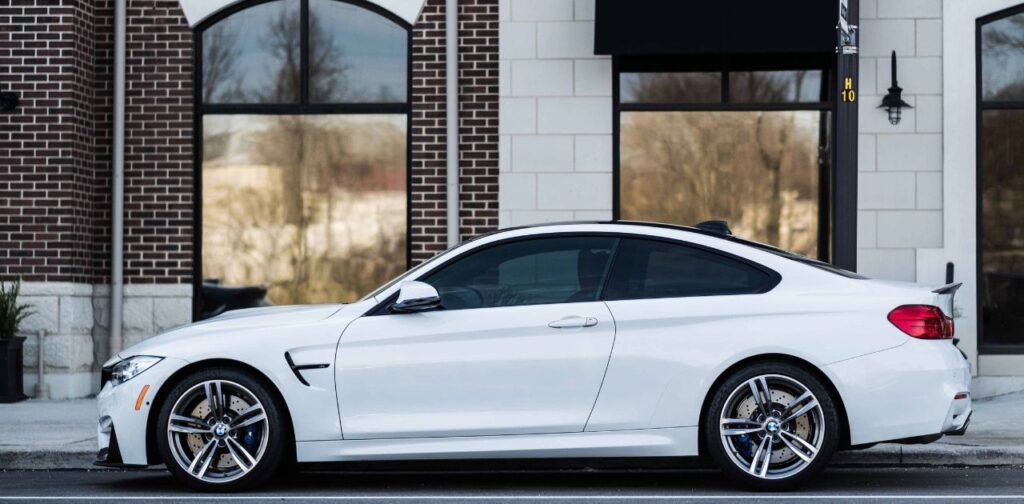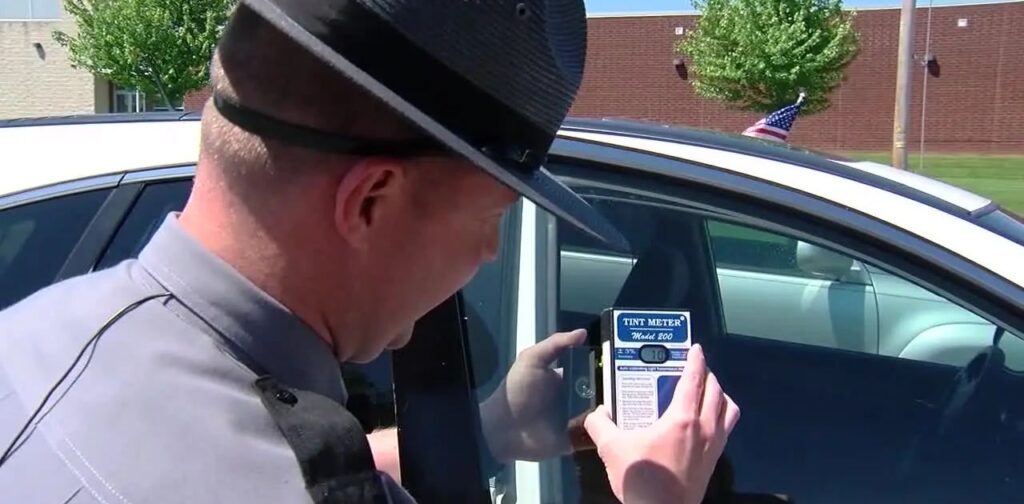Window tinting laws in Pennsylvania restrict how dark car window tint can be, particularly for sedan drivers. Understanding these car tinting laws in PA is important to avoid expensive penalties. This guide covers legal tint levels, exemptions, fines and the process police use to enforce PA’s strict tint regulations. We’ll also overview how PA compares nationally and recommend the best legal tint shops in Pittsburgh, Philadelphia, Allentown and beyond.
Overview of Pennsylvania’s Car Tint Laws
Pennsylvania has strict window tint laws enforced to limit tint darkness and light reflection off windows. The PA window tint laws use “Visible Light Transmission” percentages to regulate darkness. The higher the VLT %, the lighter the tint. There are specific VLT rules for the front windshield and front side windows versus the rear and back side windows.
The key regulations under the Pennsylvania auto code enforced by the Pennsylvania State Department in Harrisburg include:
- Front Windshield
- Non-reflective tint allowed above the manufacturer’s AS-1 line
- No aftermarket tint permitted below the AS-1 line
- Front Side Windows
- Must allow over 70% VLT (maximum 30% tint)
- Back Side & Rear Windows
- Must allow over 70% VLT (maximum 30% tint)
These laws apply to all sedan cars, though there are exemptions to the darkness rules for certain medical conditions with proper documentation.
Additionally, SUV and vans registered as multipurpose passenger vehicles have different guidelines allowing the rear passenger and cargo area windows to be darker since they do not impact driver visibility.
Penalties for Breaking Pennsylvania Car Tint Laws

The fines and penalties for violating Pennsylvania tint laws escalate based on the severity and repeat offenses:
- 1st offense – $75 fine
- 2nd offense – $150 fine
- 3rd offense – $300 fine + possibility of license suspension
Police also have special VLT readers and will test the window tint during any traffic stop if they suspect illegal levels of darkness. Failure to remove overly-dark tint after being cited can also lead to additional fines.
Why Are Car Tinting Laws Stricter in Pennsylvania?
The Pennsylvania State Department enforces stricter tint laws as an automotive safety precaution. Research shows excessively dark window tinting contributes to higher accident rates by:
- Obstructing the drivers clear view of the road, pedestrians and intersections
- Limiting visibility of hand signals from other vehicles
- Making it harder for cops and first responders to see passengers during traffic stops or emergencies
Case Study: Reduction in Crashes After Chicago’s Tint Crackdown
A study in Chicago looked at the city’s 2008 crackdown on illegal tint and found a clear reduction traffic crashes and fatalities after thousands of citations were issued. This type of hard data informs many legislator’s decisions around tint regulations.
Getting Legal Window Tinting in Pennsylvania

To avoid fines, Pennsylvania drivers should use reputable tint shops that are familiar with the state laws and will inform customers of the darkness regulations.
We recommend the following PA tint specialists operating in full compliance:
Philadelphia Area
- Philly Tints – 5 star rated tinting serving Philadelphia and suburbs
- Tinted Windows – Professional tinting experts operating since 1990
Pittsburgh Area
- PGH Car Tints – Highly reviewed shop conveniently located downtown
- Steel City Tinters – Specializing in automotive window films for over 25 years
Other Major PA Cities
- Allentown Tint Masters – Solar control and UV protection films
- Harrisburg Ultra Tint – Precision tinting guaranteeing satisfaction
- Erie Perfect Tint – State-of-the-art tinting products used
These shops will inform customers on the legal limits in PA for any vehicle, handle necessary medical exemption paperwork, and ensure VLT % meets state codes. Many shops also offer additional services like car detailing.
How Do Pennsylvania’s Tint Laws Compare Nationally?
Pennsylvania has stricter tint laws than many other states, especially northern neighbors like New York and New Jersey which permit tint darkness up to a 15% VLT. The darkest legal tint nationwide is found in states like Florida, where front side windows can be as low as 28% VLT, over twice as dark as the 70% requirement in PA.
On the other hand, Pennsylvania regulations align with border state West Virginia, along with other strict states for light transmission like Washington and Illinois. It’s important to check the state laws when traveling to know precisely what VLT percentages are permitted. Having PA legal tint does not guarantee compliance in other states.
Key Takeaways on Pennsylvania Car Window Tint Laws
- Front windshield light transmission must be 70% or higher in Pennsylvania
- Side and rear window VLT must be above 70% light transmittance
- Using darker “limo tint” under 50% VLT anywhere on a sedan risks heavy fines
- Specialized PA shops can install car window film that meets state requirements
- Tint regulations change if you drive out of state so check local laws before traveling
Following Pennsylvania’s strict tinting laws and getting compliant professional installation is crucial for all drivers seeking privacy or UV protection without sacrificing safety or risking legal issues. Consider getting a free tint assessment from a certified shop to determine if a vehicle windows meet state codes.
Also Read More : 50 Windshield Tint: Laws, Options and More